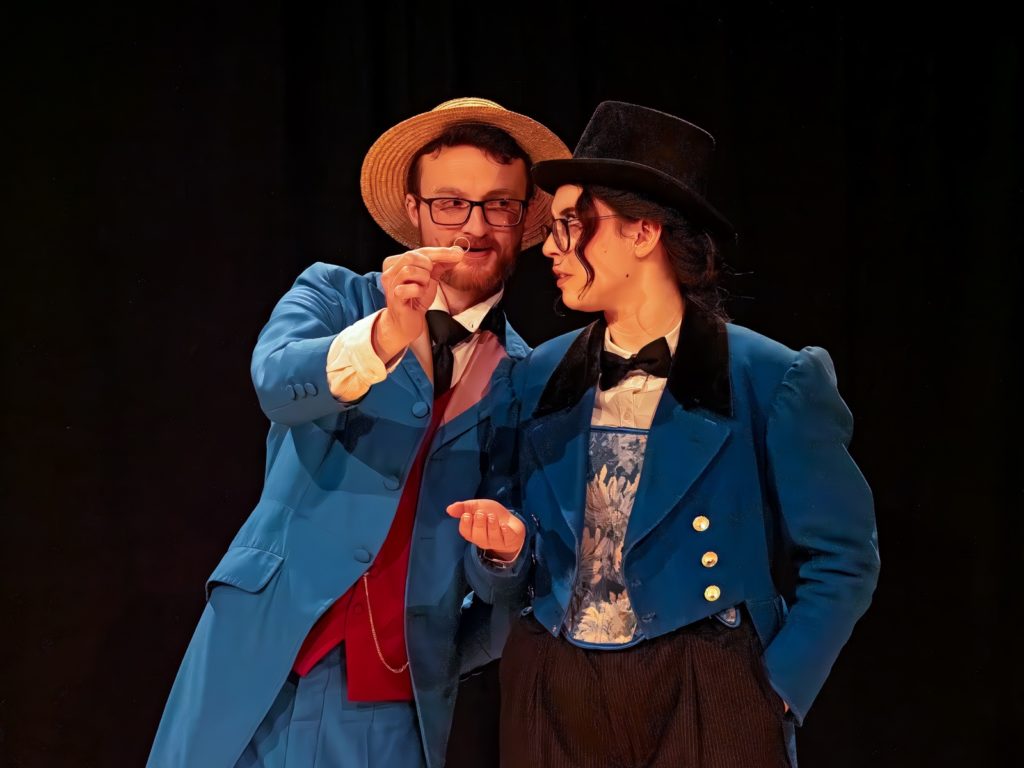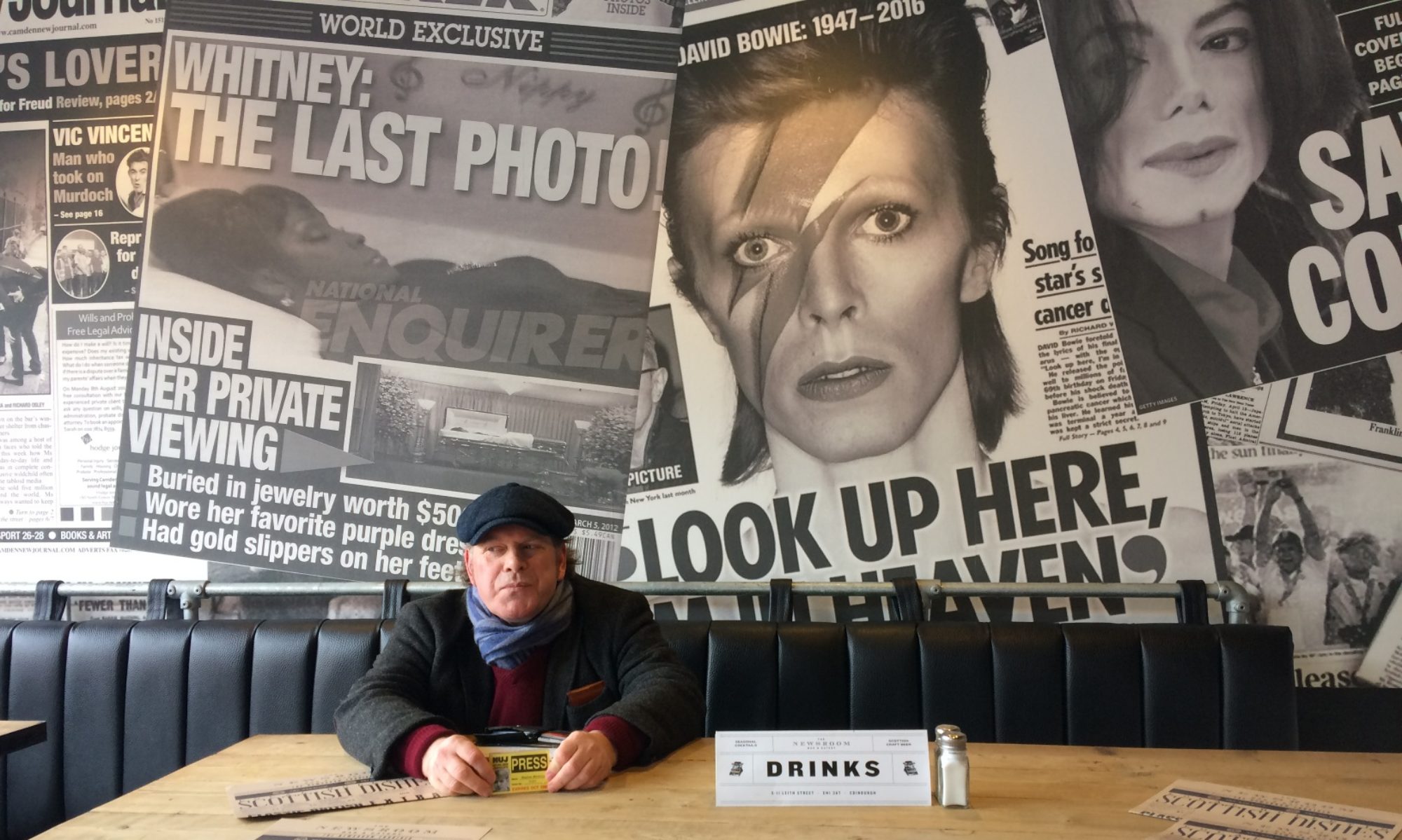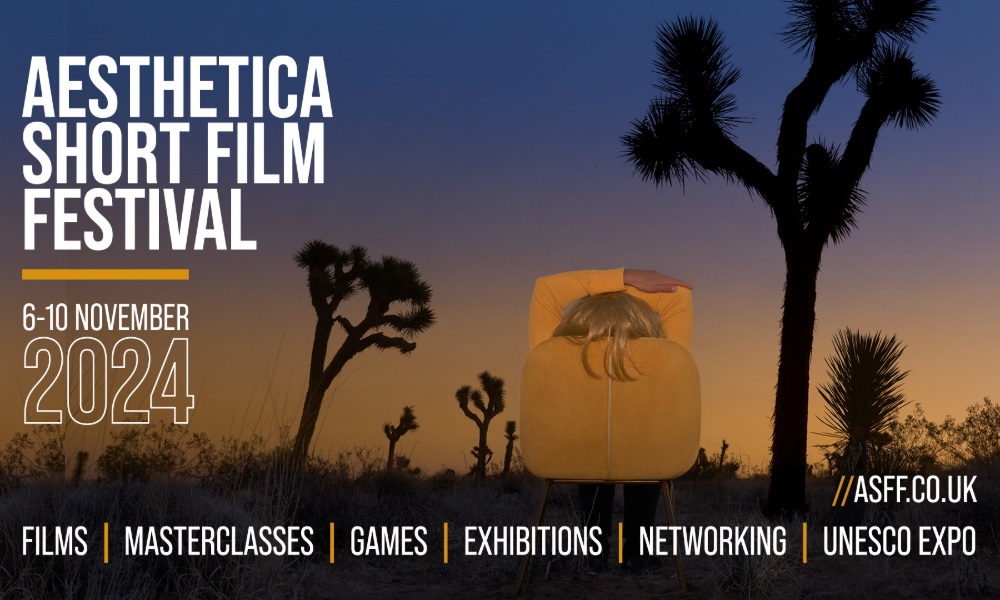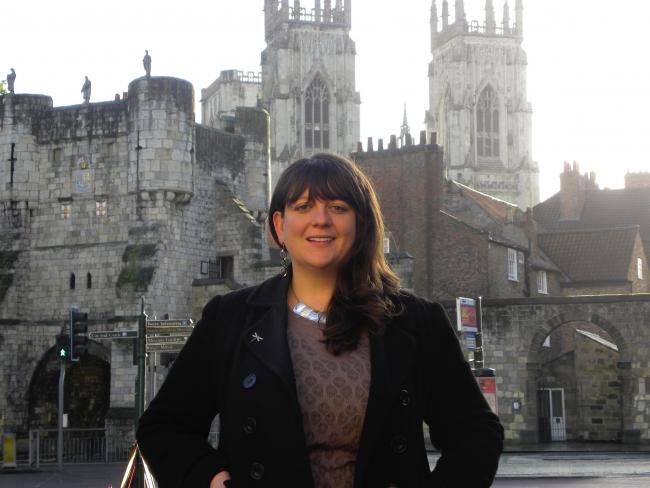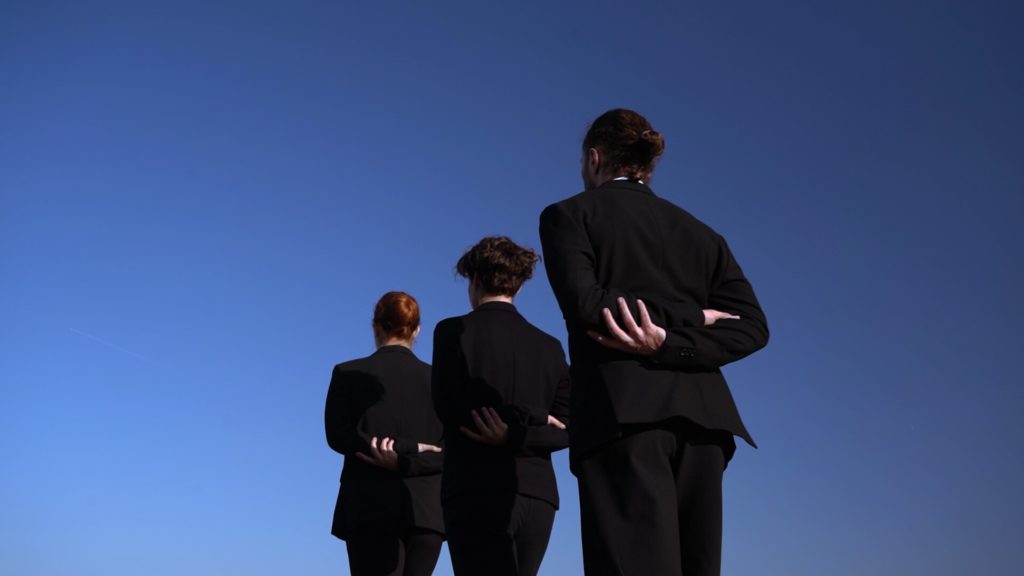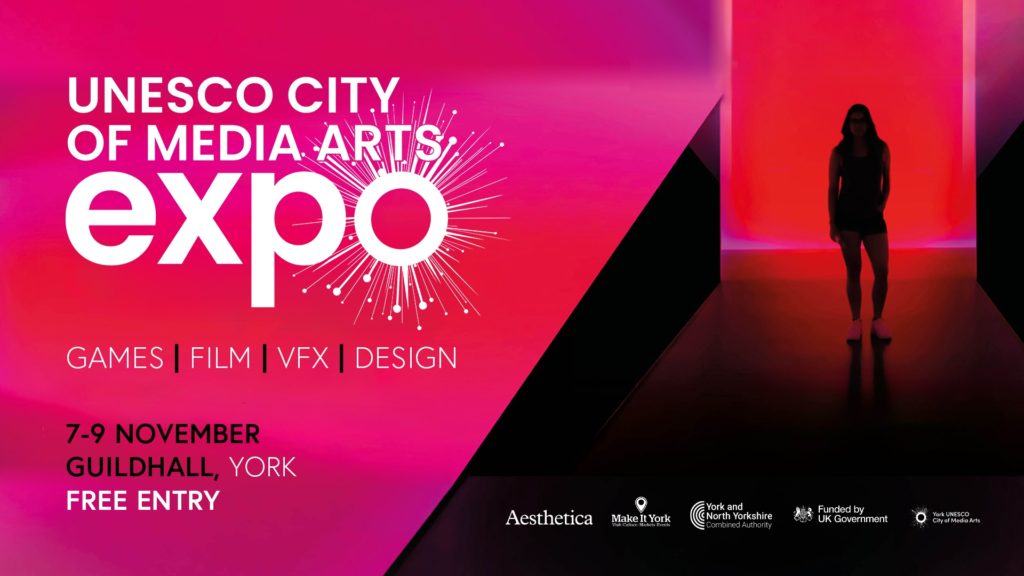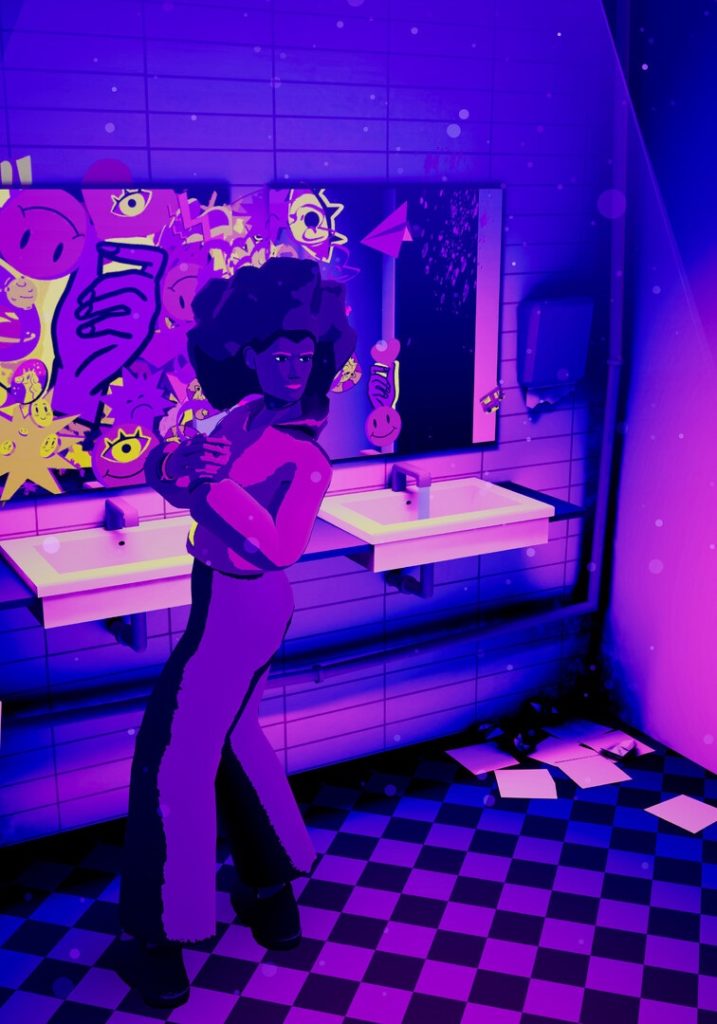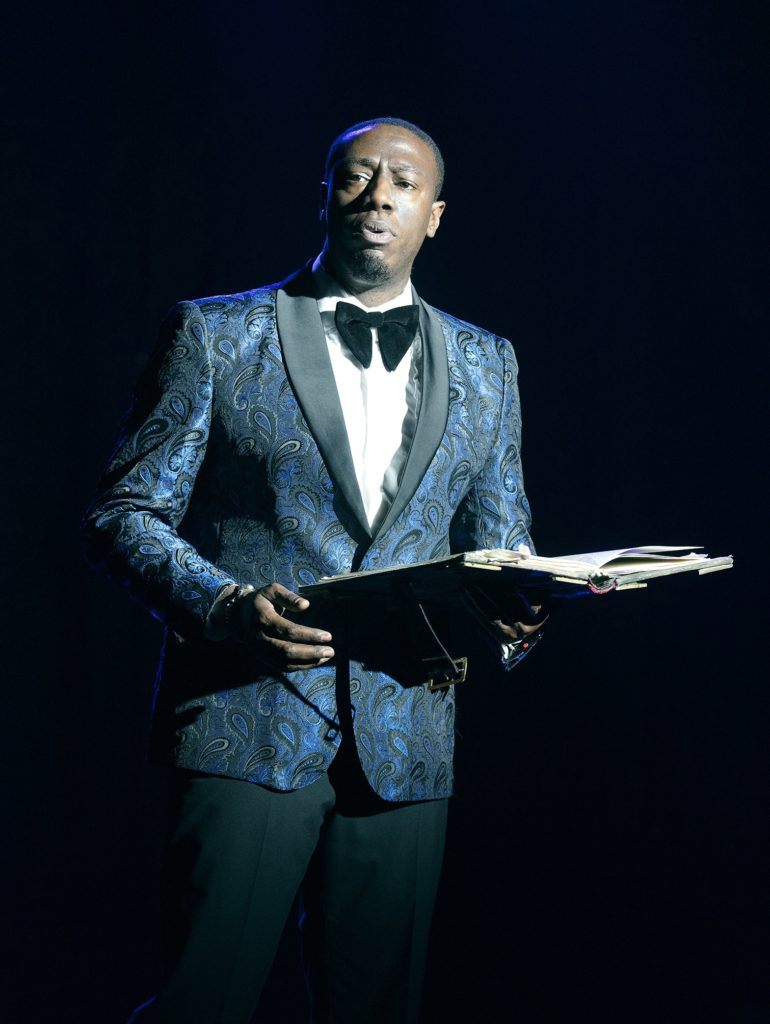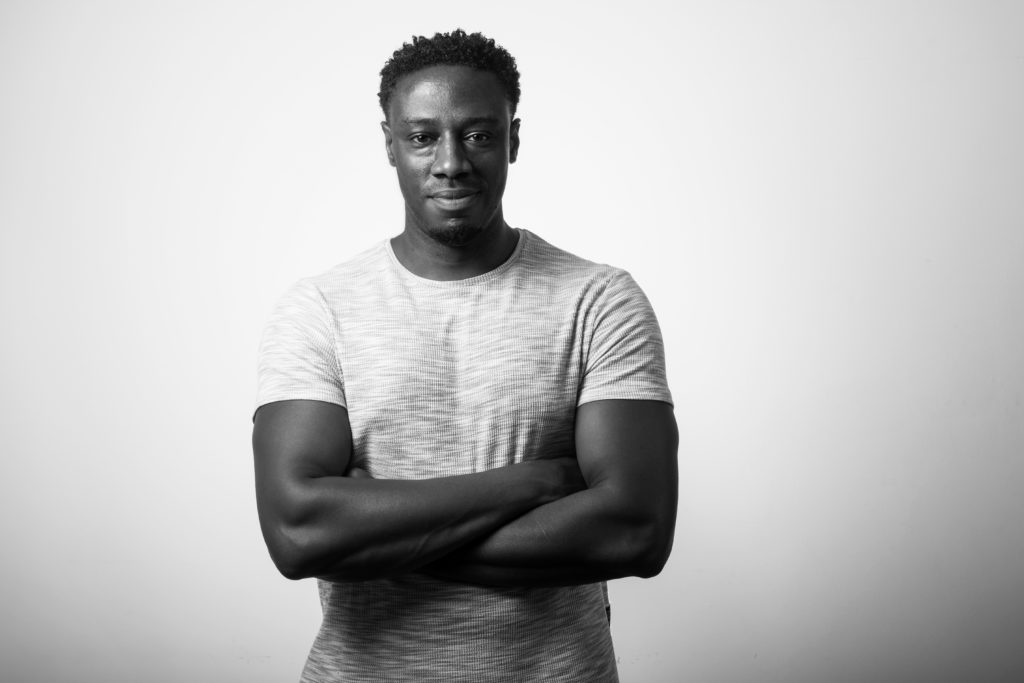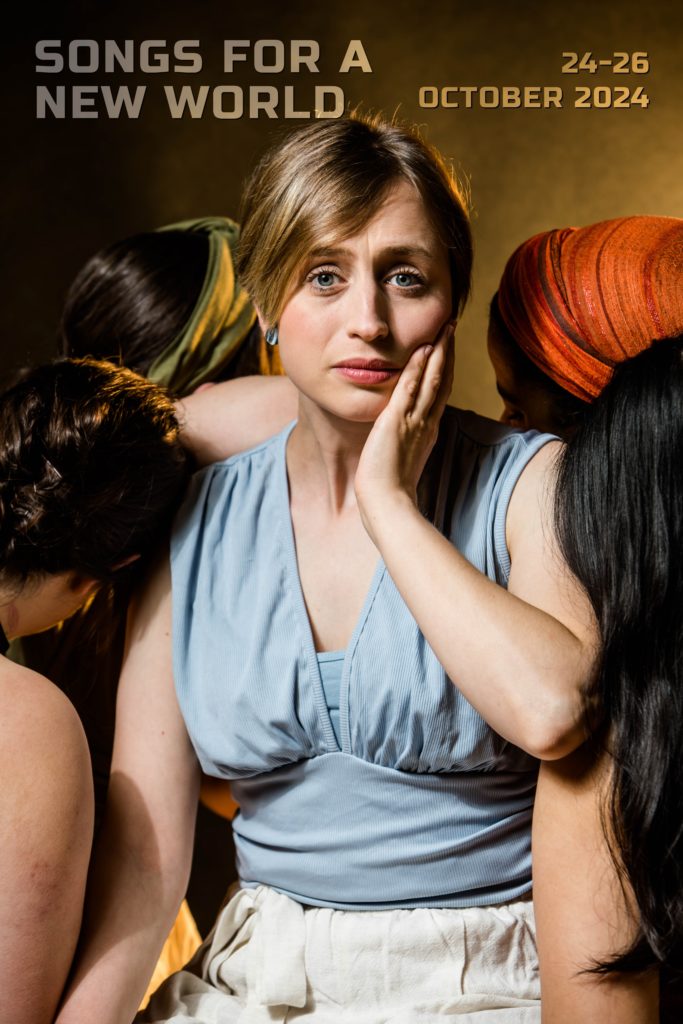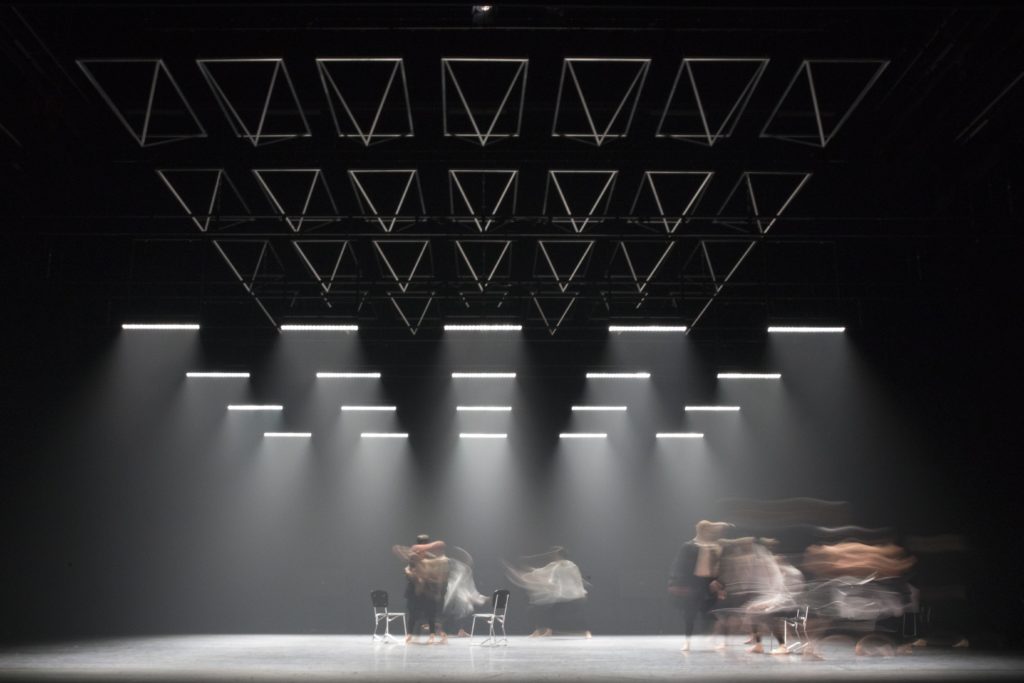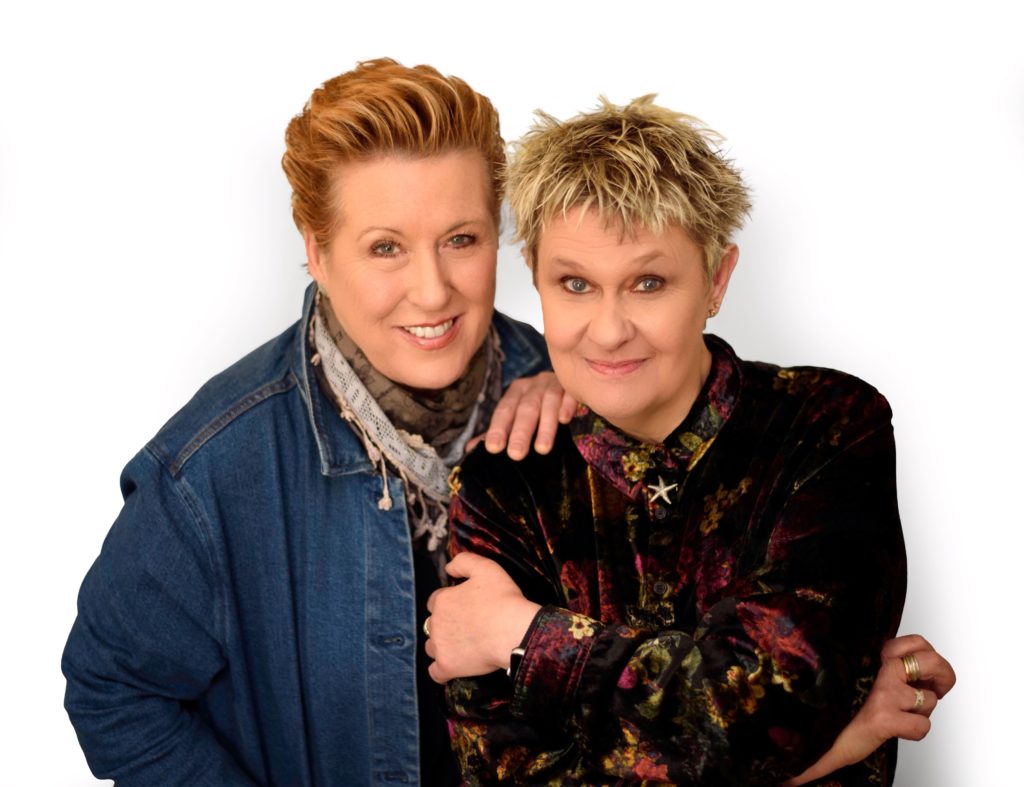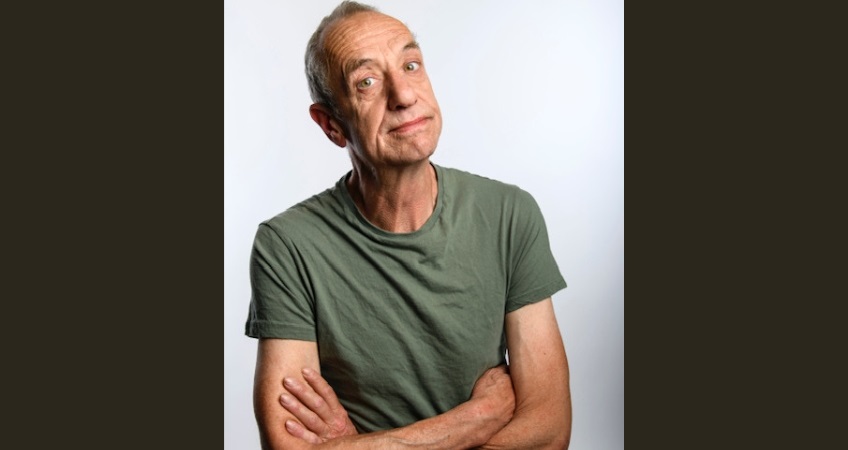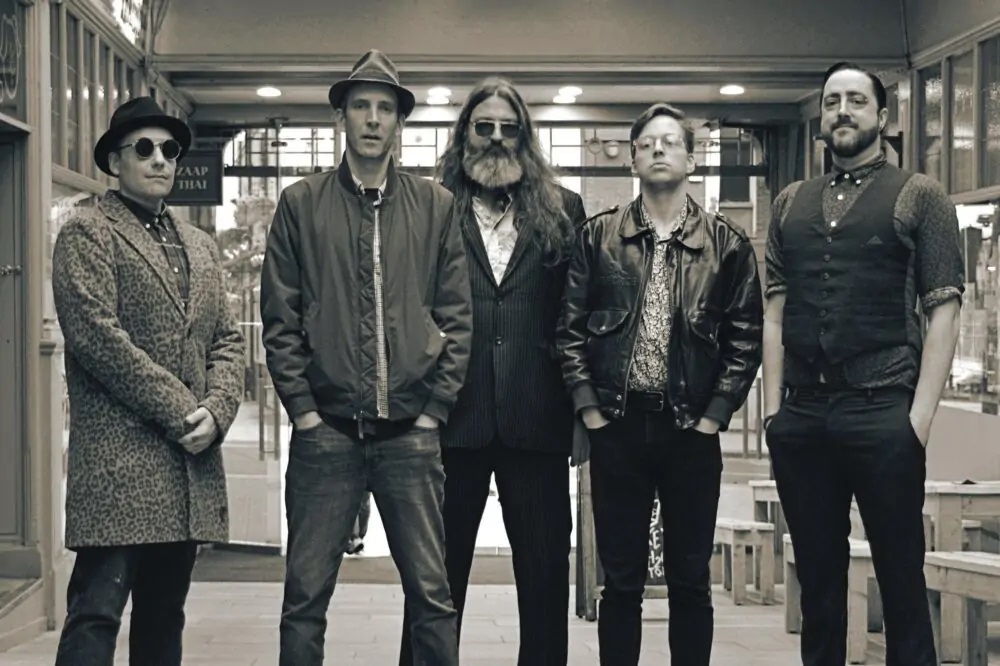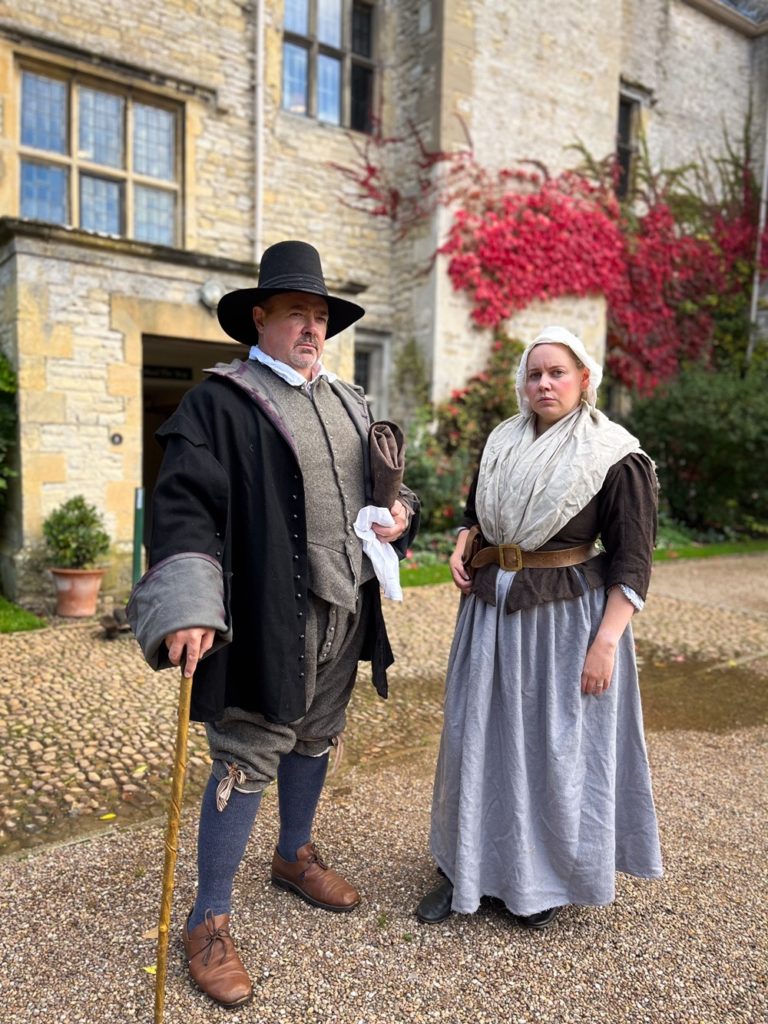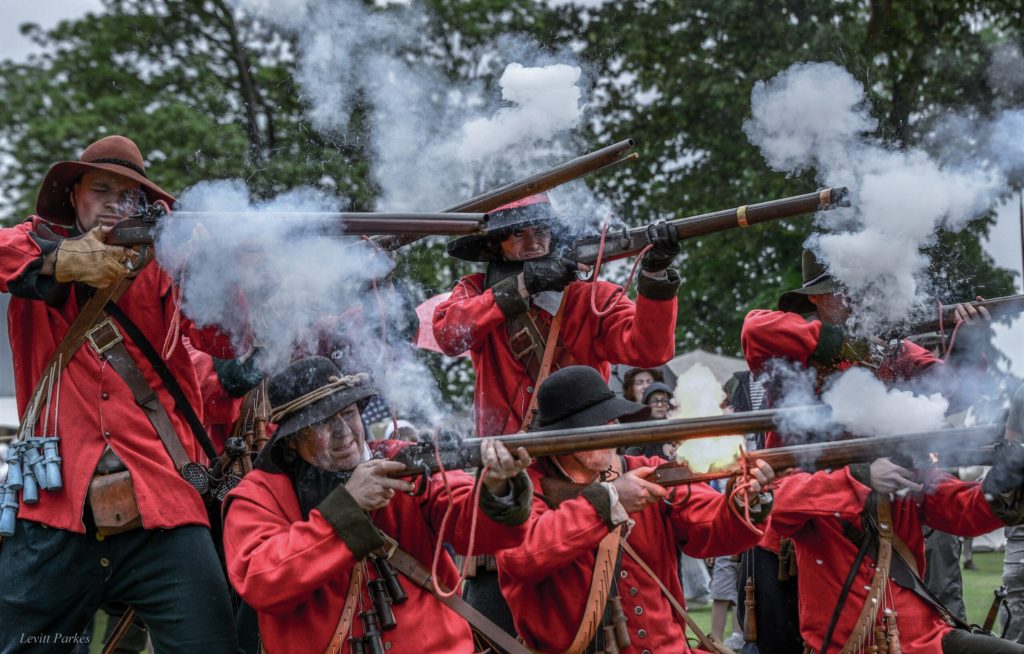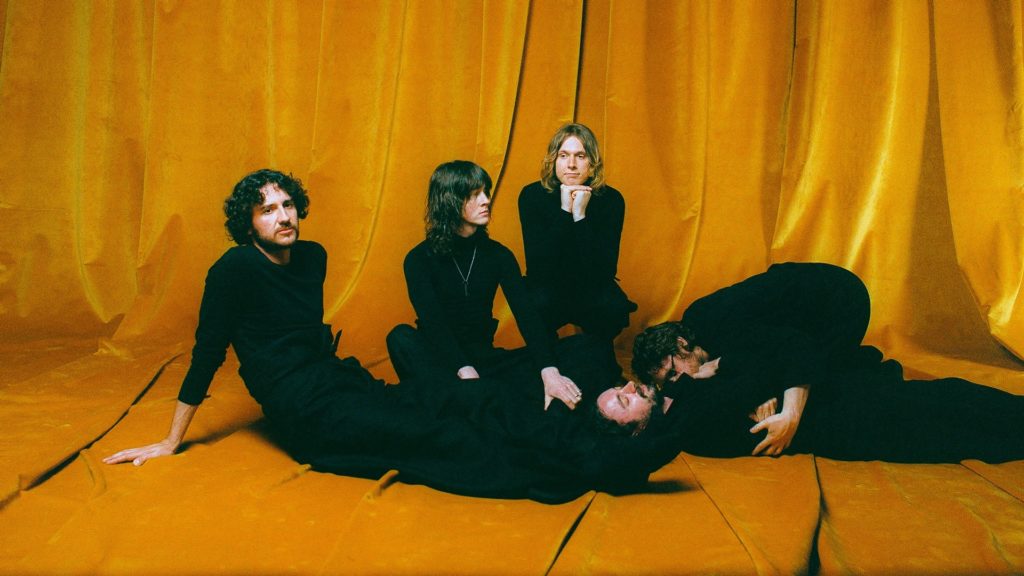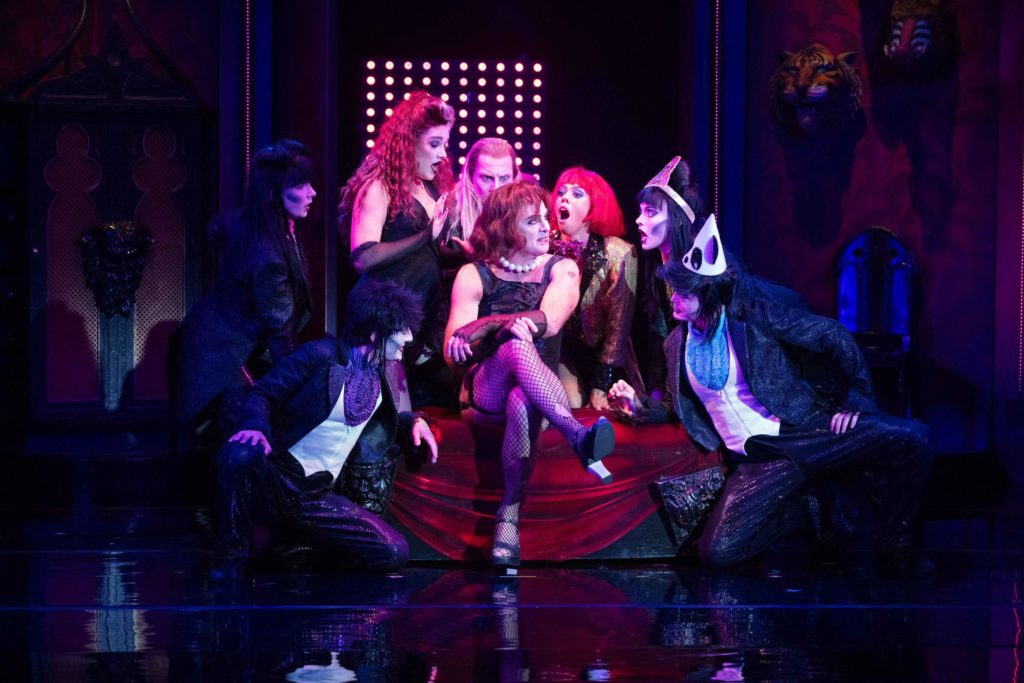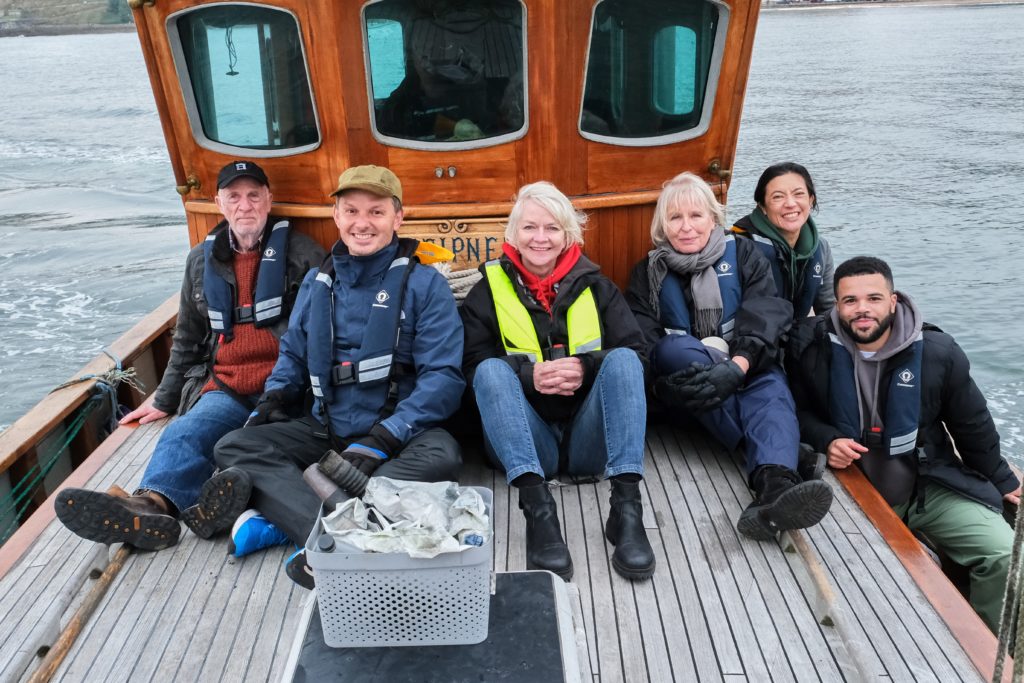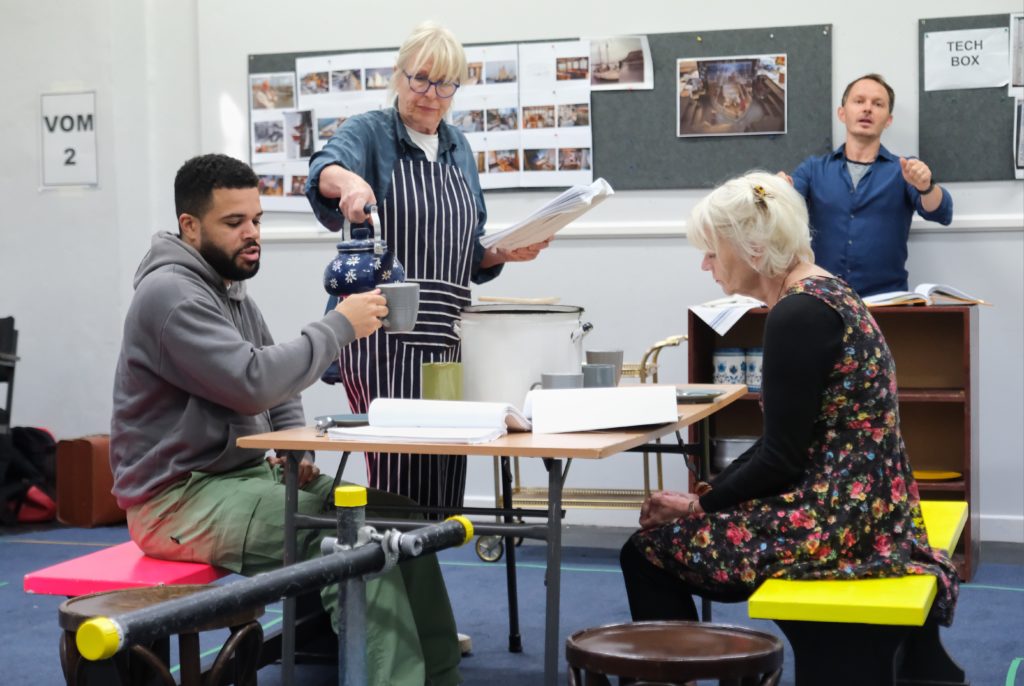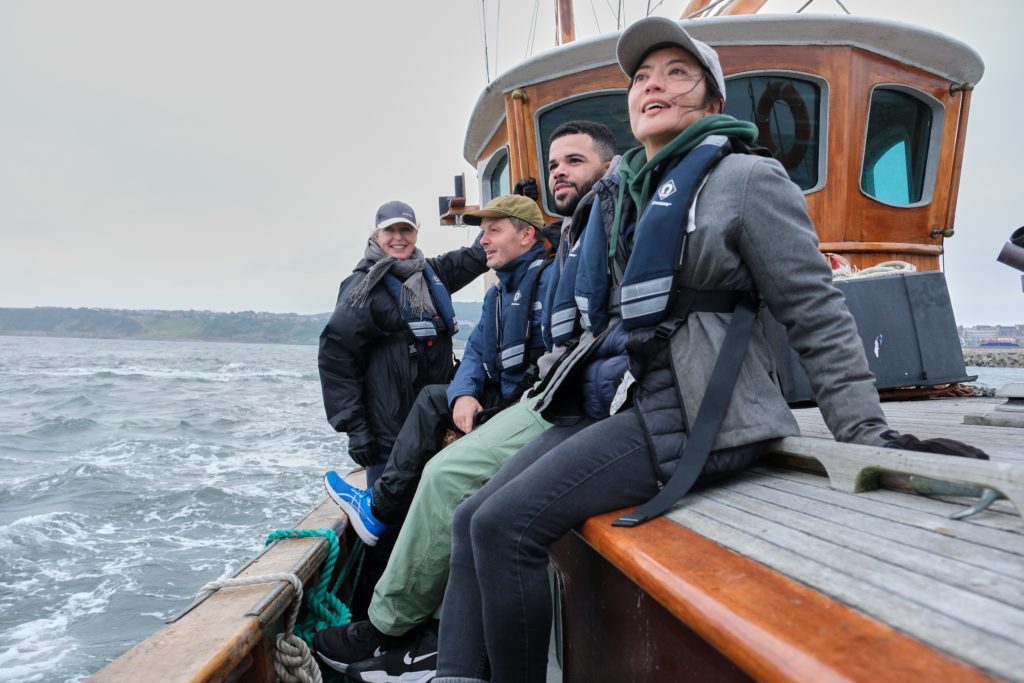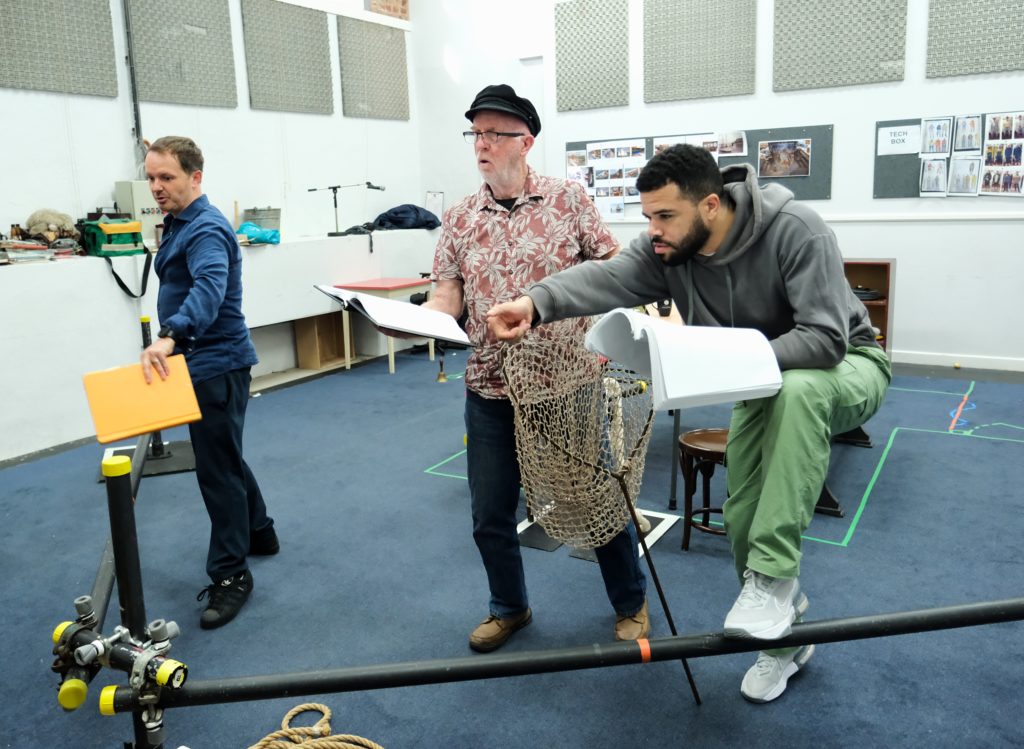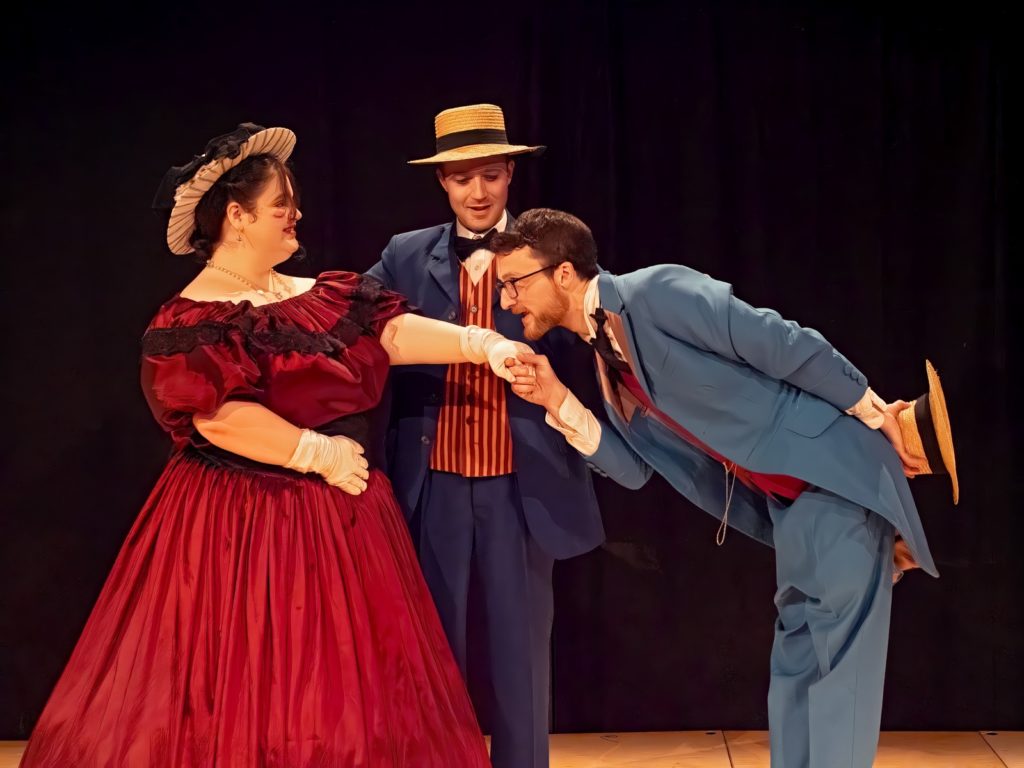
AMERICAN writer, director, performer and teaching artist Tempest Wisdom [they/them] headed to York to pursue a Masters degree in theatre-making at the University of York in 2021.
Itinerant from the days of their father serving in the Marine Corps., always moving every couple of years, like so many before however, once here they never left, first setting up York’s variation on Seattle’s Bard in a Bar, the Shakespeare karaoke night Bard at the Bar in The Den at Micklegate Social.
Now, after directing Anorak in Next Door But One’s Yorkshire Trios in the Theatre Royal Studio earlier this year, Tempest is at the helm of York Shakespeare Project for the first time for the rarely performed The Two Gentlemen Of Verona: “possibly the first play Shakespeare ever wrote and certainly the only one with a part for a canine,” they say.
Tempest has re-set Shakespeare’s 1593 comedy of cross-dressing, mistaken identity and courtly love as a play within a play, staged by Monkgate Music Hall, “a bawdy, raucous place” peopled by a host of Victorian variety acts.
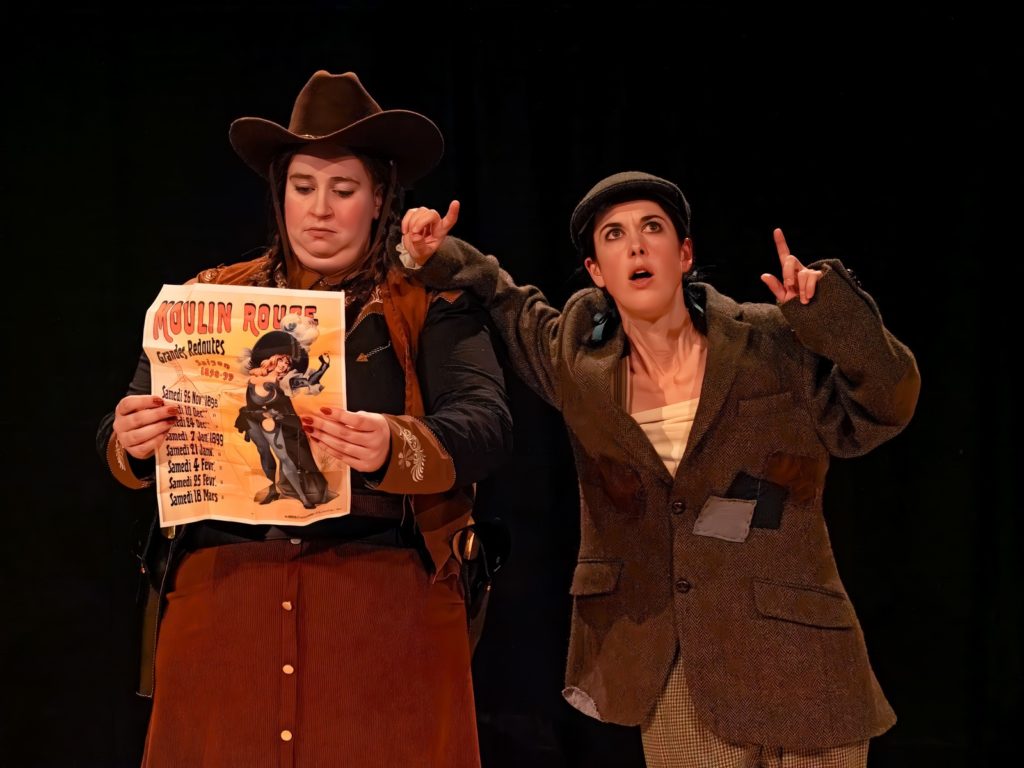
On the piano throughout is musical director Stuart Lindsay in a dapper waistcoat beneath a luxuriant moustache. On the piano too is a portrait of Queen Victoria, her face as “not amused” as ever. Determined to amuse, however, is Jodie Mulliah’s Chairwoman. No stranger to steering talent in the right direction as a secondary school drama teacher, she keeps her gavel busy in introducing act after act.
Their task is to deliver both their speciality act and lines of Shakespeare’s text, be it the North America golden gunslinger Speed (multi-disciplinary theatre-artist-turned scientist Liz Quinlan, in her YSP debut and first theatrical adventure for seven years), or Lara Stafford’s Launce in a comedy double act with canine companion Crab (a wooden puppet handled with the aid of a drawer handle on its besuited back by puppeteer Wilf Tomlinson).
Stuart Green, who returned to the stage after 35 years last year as The Torturer in York Theatre Royal’s community play Sovereign, has particular fun sending up furniture-chewing acting skills as the pompous Antonio. Forever looking for his Hamlet, his performance appears to be torn from Michael Green’s book The Art Of Coarse Acting.
For “proper” acting, look no further than Mark Payton’s Duke of Milan. Once part of Riding Lights Theatre Company before becoming an English teacher, he is belatedly treading the boards anew, every last vowel the thespian in resonance and intonation.
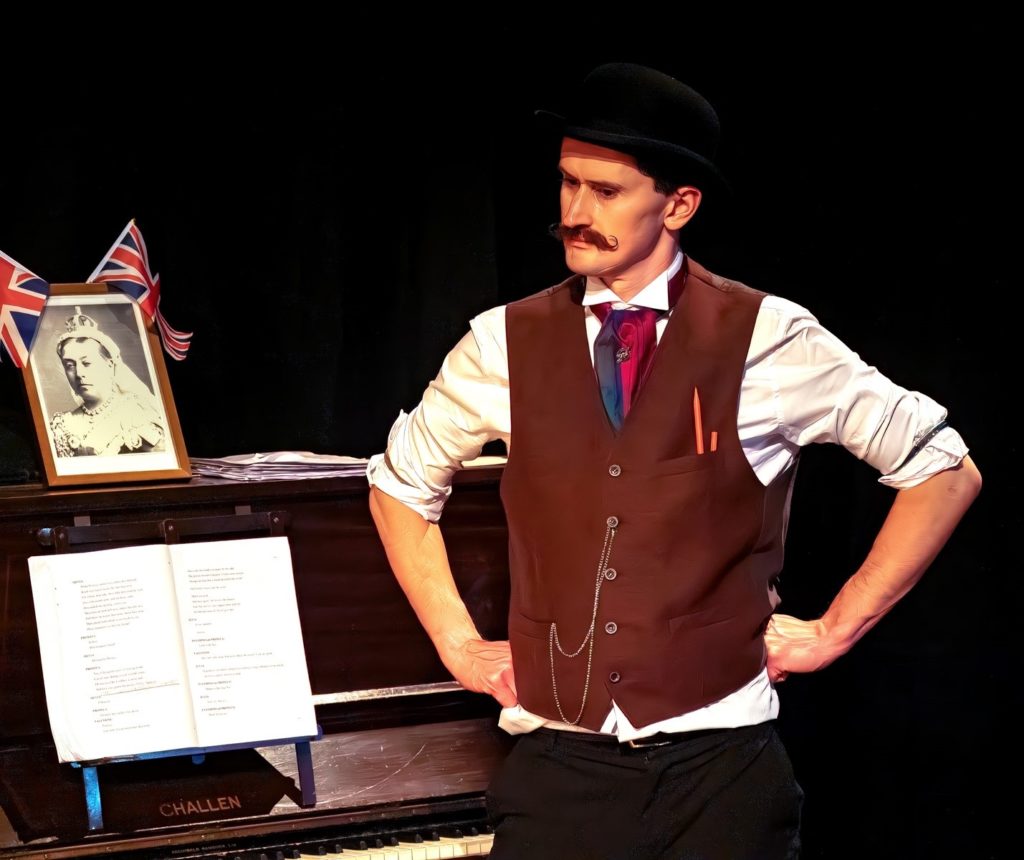
The sparring of Charlie Barrs’ Panthino and Four Wheel Drive director Anna Gallon’s Lucetta and later the antics of the Outlaws (Pearl Mollison, K Maneerot and Celeste North Finocchi) add to the merriment and mayhem.
What of the ‘Two Gents’, you ask. Ah yes, there’s the play. Step forward, in dapper straw hats and clowns’ rouge cheeks, the gentlemanly, but not very gentlemanly, all too arrogant and deceitful Proteus (Nick Patrick Jones) and Valentine (Thomas Jennings), not born a gentleman, but definitely as romantic as his name.
Proteus should be focusing on love-struck Julia (Lily Geering) but has his wandering eye on his friend Valentine’s secret love, Silvia (Effie Warboys), who the Duke of Milan has earmarked for the socially superior but unctuous Thurio (Charlie Spencer in circus ringmaster attire).
Jones’s programme profile speaks of having “no experience of music hall or vaudeville, but in many ways his whole life is an extended Buster Keaton routine”. As it happens, it is Jennings who reminds you more of the “Great Stone Face” of American silent cinema, but Jones is suitably duplicitous, dark beneath the light air.
Warboys, one of the best discoveries of York Shakespeare Project’s recent years and now studying for a Masters at the Shakespeare Institute, gives her best performance yet as Silvia. As a bonus, she returns to her musical roots to reveal a delightful singing voice in The Lass Of Richmond Hill.
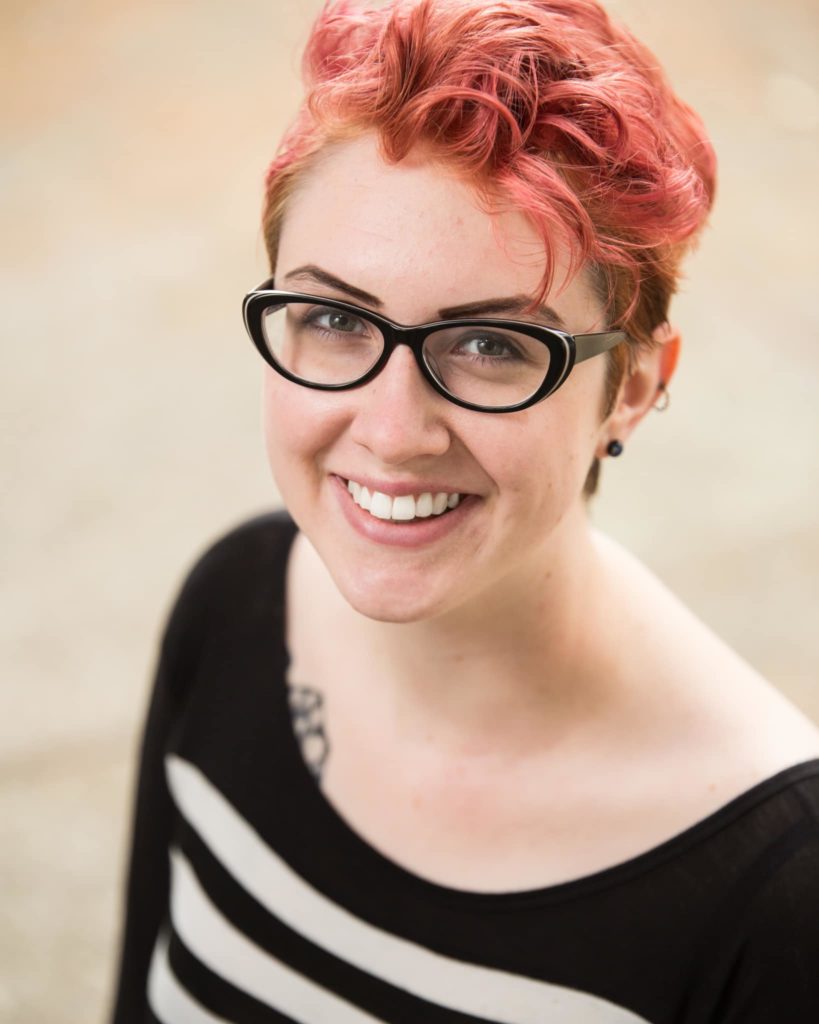
Geering is in fine form too, righteous in Julia’s indignation at Proteus’s deceptions, but canny, mischievous and nimble when taking on a disguise.
Jonathan Cook gives the requisite strong performance as the strongman variety act (Sir Eglamour) in a show full of such cameos, but amid so much physical comedy and clowning, with bursts of song too (Champagne Charlie et al), Tempest ensures Shakespeare’s expose of bad behaviour still hits home
Tempest’s cast makes use not only of Vivian Wilson’s set design but the stairs, doorways and mezzanine level too for a frantic climactic chase around the auditorium in Benny Hill style. Make that chase after breathless chase. Everyone then assembles, like a baying public gallery, to see Proteus being put in his place: wiping the smile off comedy’s face, if only briefly.
Shakespeare’s plays have a habit of running to three hours, and this production is no different, but comedies would always benefit from a shorter running time, for all the fast pace here.
Tempest Wisdom’s show, however, is full of original ideas, bags of energy, not-so-courtly romance, topical sexual politics, music hall ribaldry and slapstick aplenty.
York Shakespeare Project in The Two Gentlemen Of Verona, Theatre@41, Monkgate, York, tonight at 7.30pm; tomorrow, 2.30pm and 7.30pm. Box office: tickets.41monkgate.co.uk.
